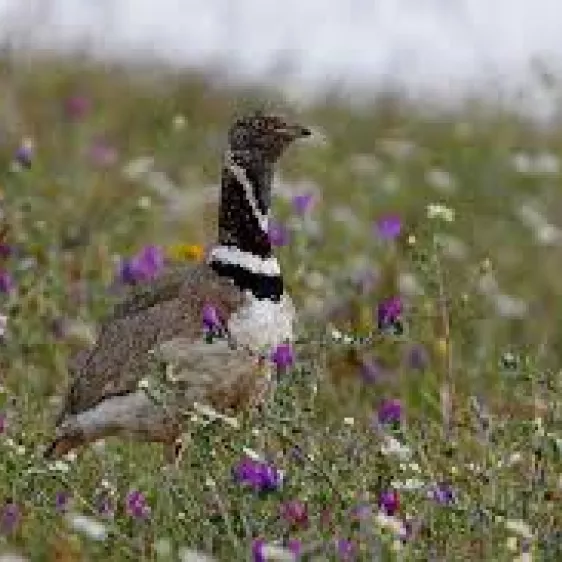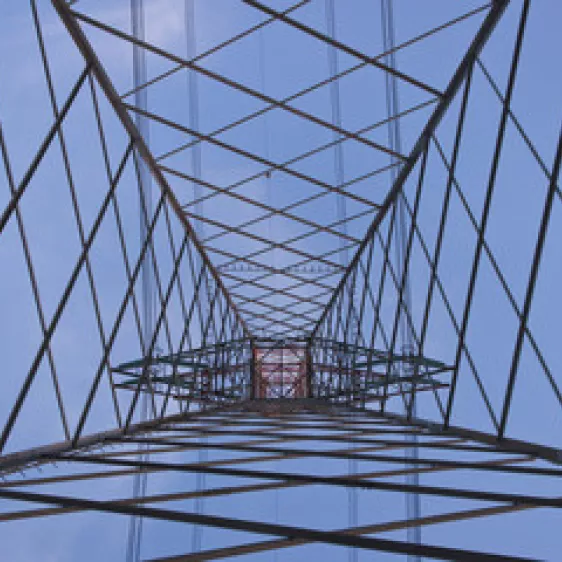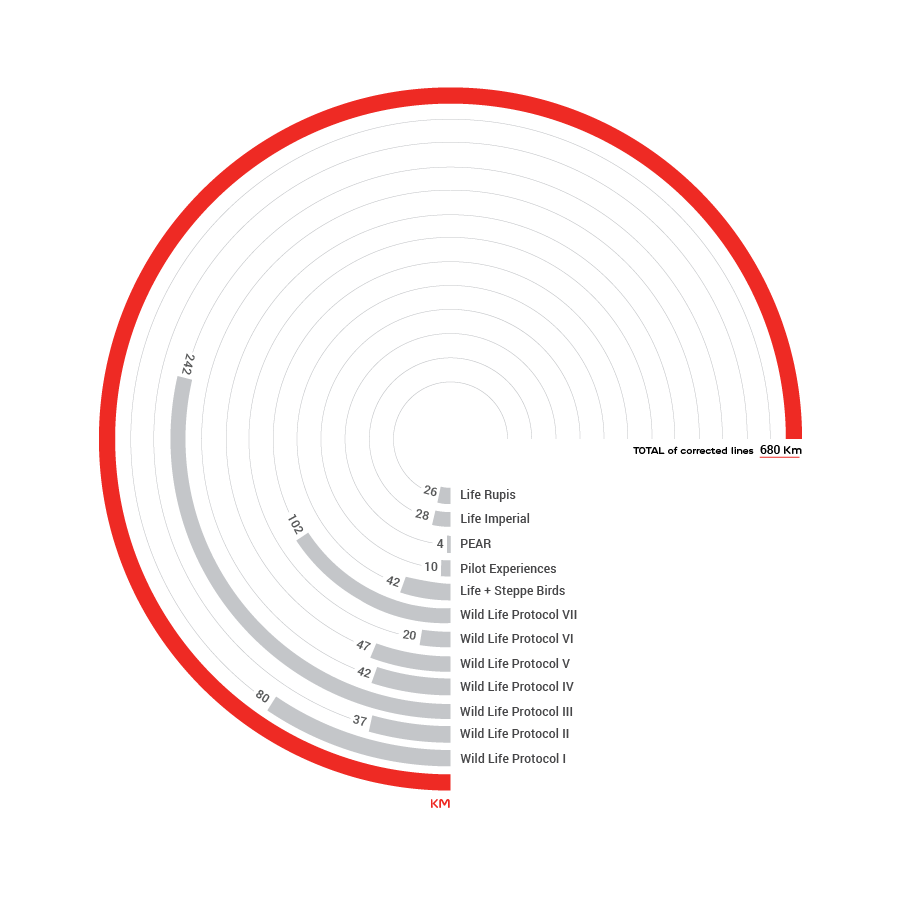As new construction takes place in zones adjacent to areas with nature protection status, the number of kilometers of lines to build in such regions increases.
In the Iberian Peninsula, the main impact on biodiversity resulting from EDP’s distribution activity stems from collisions by, and electrocution of wild birds. In Brazil, this impact extends to other small mammal species.
Protocols:
WILD BIRD PROTOCOL
The first meeting in Portugal about Electrical Lines and wild birds was jointly organized in 1999 by the Portuguese Society for the Study of Birds (SPEA), the Portuguese Association for Nature Conservation (Quercus) and EDP Distribuição (EDPD). This forum discussed the impact of electrical lines on wild birds and the need to consider mitigation measures in the planning, construction and maintenance phases of medium voltage (MV) and high voltage (HV) overhead electrical lines. In 2003, EDP signed the first Wild Bird Protocol applicable to electrical lines, with the setting up of a support task force - the Wild Bird Task Force (GTAS). The mission of this technical advisory group was to track and monitor the corrective measures for lines considered to be dangerous, and to carry out investigation studies on critical lines. This role has been performed by the Technical Monitoring Committee for Electrical Lines and Wild Birds (CTALEA)* since 2009. By the end of 2018, the VII Wild Bird Protocol was accomplished.

*Committee's constitution: EDPD; Nature and Forests Conservation Institute - ICNF (National Authority); SPEA; Quercus; LPN.
THE PROTOCOL AIMS AT:
- Deepening knowledge on the impact of high voltage and medium voltage overhead lines on wild birds, with a special focus on listed areas and Important Bird Areas;
- Promoting the application of the Index of Hazardousness for birds along the layout of all lines in listed and Important Bird Areas;
- Gauging the effectiveness of the monitoring of the impact on wild birds in the rectified, flagged and newly installed lines with new technologies;
- In the context of this protocol and other processes deemed to be relevant, introducing in phases the corrective measures for those lines with an impact on wild birds identified on the basis of the results from the previous protocol;
- Ensuring compliance with the technical recommendations on the minimization of impact on wild birds in new or existing lines, in accordance with the Bird Directive (79/409/EEC);
- Deepening the assessment of impact on medium voltage overhead lines in specific situations, such as on the populations of bustards and little bustards in the Castro Verde SPA;
- Building on knowledge of the dispersion of priority birds, to complete the process initiated under the previous protocol.

The actions outlined have essentially focused on sensitive areas (Protected Areas and Natura 2000) and targeted species of protected birds, particularly larger species, such as eagles, griffon vultures, bustards, etc. The importance of the investigation and monitoring studies on overhead electrical lines, conducted by partner ENGOs for identifying the most critical lines and allocating nature and biodiversity conservation efforts, deserves a special mention.
EDP’s participation in this protocol led to the potential impact on biodiversity being taken into account in decision-taking processes during the design and construction phases. This task follows the Recommendation Handbook for the design and construction of new HV and MV Overhead Lines in Special Protection Areas and Protected Areas that was developed under the protocol. This handbook provided for the standardization of line construction techniques in protected areas, containing a set of technical solutions for rectifying the existing electrical lines identified as hazardous for wild birds.
Over one and a half decades, a total of 647 km of overhead electricity distribution lines deemed critical for birds have been rectified within the National Network of Classified Areas.

Corrected overhead electrical lines


